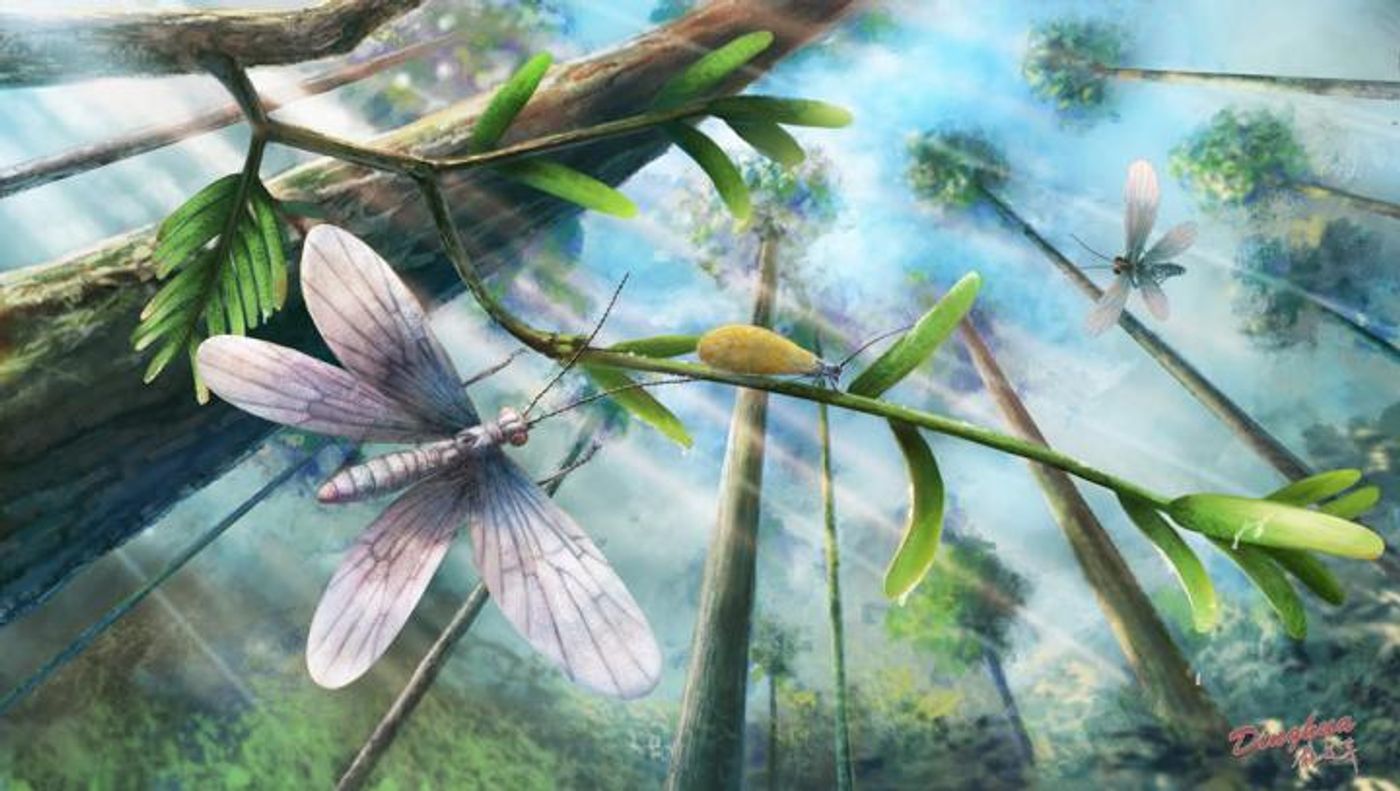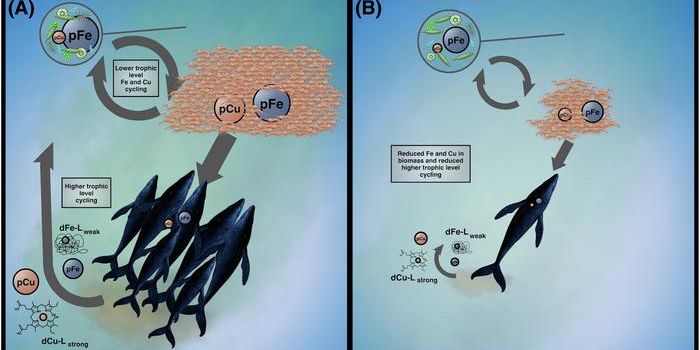Researchers Shed Light on Color of 200 Million-Year-Old Insect
Fossils often speak volumes about the physical features and lifestyles of some of the world’s earliest-known forms of life. On the other hand, scientists have always struggled with discerning prehistoric species’ colors from fossils alone.
Despite the challenges associated with fossil-based color identification, it’s not impossible. When the circumstances are ideal, scientists can often discover clues. A good example is when specimens become encased in chunks of Burmese amber and survive more than 200 million years.
Image Credit: Yang Dinghua
Circumstances as cut and dry as those mentioned above don’t transpire very often, but an international team of researchers recently happened upon a lucky break that fits the bill. They’ve reported their findings in the journal Science Advances this week.
With the help of some advanced observation techniques, including optical microscopy, scanning electron microscopy (SEM), transmission electron microscopy (TEM), and confocal laser scanning microscopy (CLSM), the researchers determined the structural color of a Jurassic lepidoptera’s wing scales from within its amber casing.
These wing scales are so incredibly small that they can’t be seen with the naked eye; nevertheless, they come arranged in countless different ways. Consequently, these wing scale arrangements reflect various light wavelengths and exhibit specific colors depending on how the light becomes scattered.
Related: Meet the 99 million-year-old chick that got encased and fossilized in amber
Upon achieving a closer look at the wing scale arrangements, the researchers then punched their raw data into computer models to see how it would impact light and color. Impressively, the team concluded that the insects would have exhibited a metallic color.
The findings are significant because they serve as some of the earliest evidence for structural colorization ever noted in lepidopterans. They can teach us more about how these insects evolved, and more importantly, divulge what life on Earth may have been like long before people came to be.
It should be interesting to see whether researchers will get a chance to discern the colors of other fossilized creatures. After all, these insects aren’t the only specimens preserved in Burmese amber.
Source: EurekAlert









